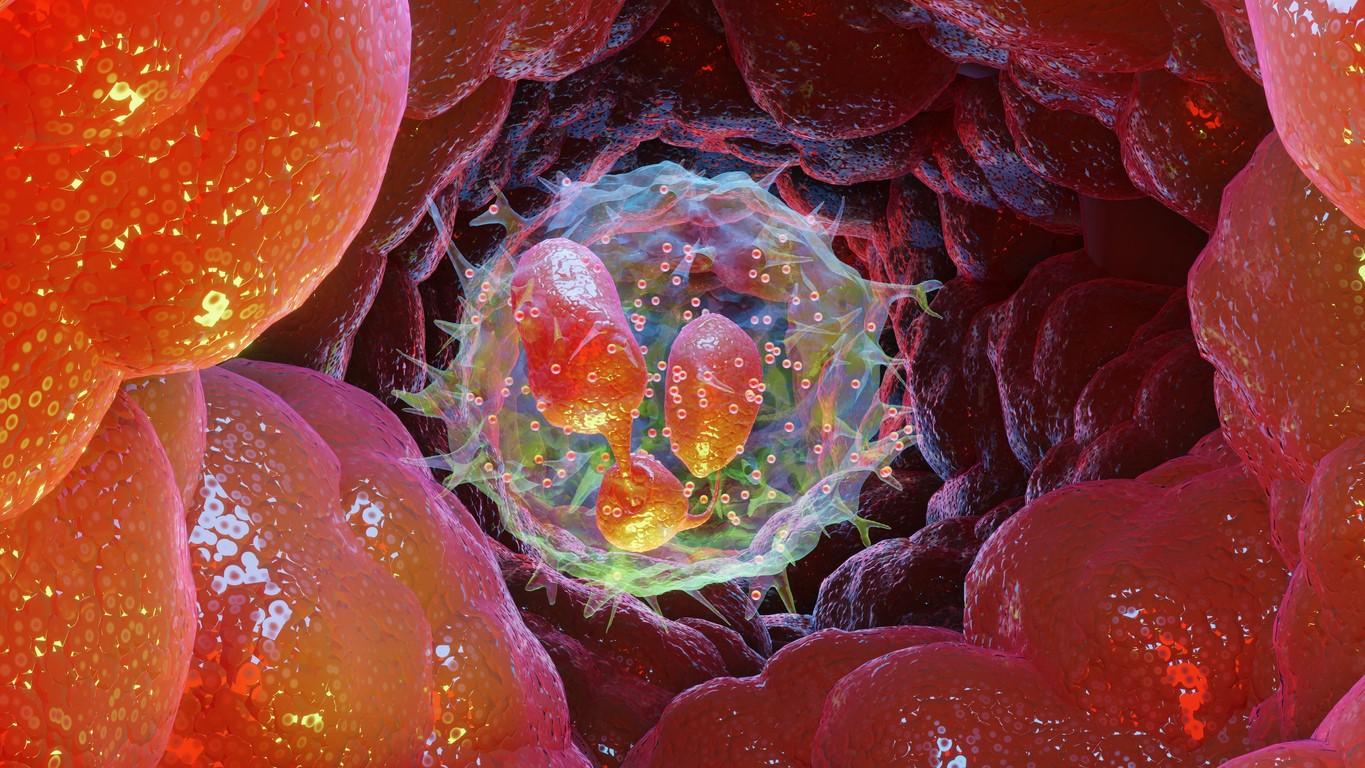US researchers say they have discovered a subtype of long COVID characterized by persistent inflammation, a finding that could help identify dominant disease pathways of diagnostic or therapeutic value.
For the ongoing study, published late last week in Nature Communications, researchers at Fred Hutchinson Cancer Center and the Allen Institute for Immunology in Seattle assessed serum proteome (proteins) in blood samples obtained from 55 patients who reported COVID-19 symptoms lasting at least 60 days after infection in 2020. The team compared the samples with those of 24 recovered patients and 22 uninfected participants.
Participants, all of whom were unvaccinated, were enrolled during the period dominated by the wild-type SARS-CoV-2 virus. All participants but three had mild or moderate illness. The long-COVID patients were aged 22 to 82 years, and 62% were women. The recovered patients were aged 20 to 79 years, and 62% were women, while uninfected participants were 29 to 77 years old, and 45% were women.
The study authors noted that long COVID may be caused by persistent inflammation, unresolved tissue damage, or detailed clearance of viral protein or RNA but that the biologic differences these factors represent are not well understood.
60% of long-COVID patients had inflammation
Long-COVID patients reported multiple symptoms or signs 60 or more days after infection, such as fatigue, fever, chills, abnormal heart rhythms, and brain fog. Among the 55 long-COVID patients, about 60% had signs of persistent inflammation, including elevated neutrophil activation, an important step in the inflammatory response, while recovered and uninfected participants did not.
Long-COVID patients with lingering inflammation were further clustered into two subsets, depending on their dominant inflammatory markers.
These findings help to clarify biological diversity within PASC [post-acute sequelae of SARS-CoV-2], identify participants with molecular evidence of persistent inflammation, and highlight dominant pathways that may have diagnostic or therapeutic relevance.
The researchers also developed a clinical activity score for the infection phase of mild COVID-19 to reflect symptom severity and impact on activities of daily living. Participants with inflammatory long COVID scored significantly higher during or after infection than those with noninflammatory long COVID. Being overweight or obese and being older were identified as possible risk factors for inflammatory long COVID.
While previous studies have linked long COVID with inflammation, this analysis was the first to trace inflammatory markers over time in the same patients, according to the authors.
"These findings help to clarify biological diversity within PASC [post-acute sequelae of SARS-CoV-2], identify participants with molecular evidence of persistent inflammation, and highlight dominant pathways that may have diagnostic or therapeutic relevance, including a protein panel that we propose as having diagnostic utility for differentiating inflammatory and non-inflammatory PASC," they wrote.
Possible role of anti-inflammatory drugs
The researchers said the inflammatory markers identified in long-COVID patients are similar to those observed in autoimmune diseases such as rheumatoid arthritis, another inflammatory disease.
They said that patients with non-inflammatory long COVID may have permanent organ or tissue damage that would require very different therapies than those with lingering inflammation. Because these two groups can't be distinguished based on only symptoms, patients would need to be screened to determine which type of long COVID they have before prescribing any anti-inflammatory treatment.
"Certain kinds of anti-inflammatory drugs might alleviate symptoms for some long COVID patients," senior author Troy Torgerson, MD, PhD, said in an Allen Institute news release. "But physicians need a way of telling which long COVID patients might benefit from which treatment—a form of precision medicine for a disease that so far remains maddeningly mysterious.





















